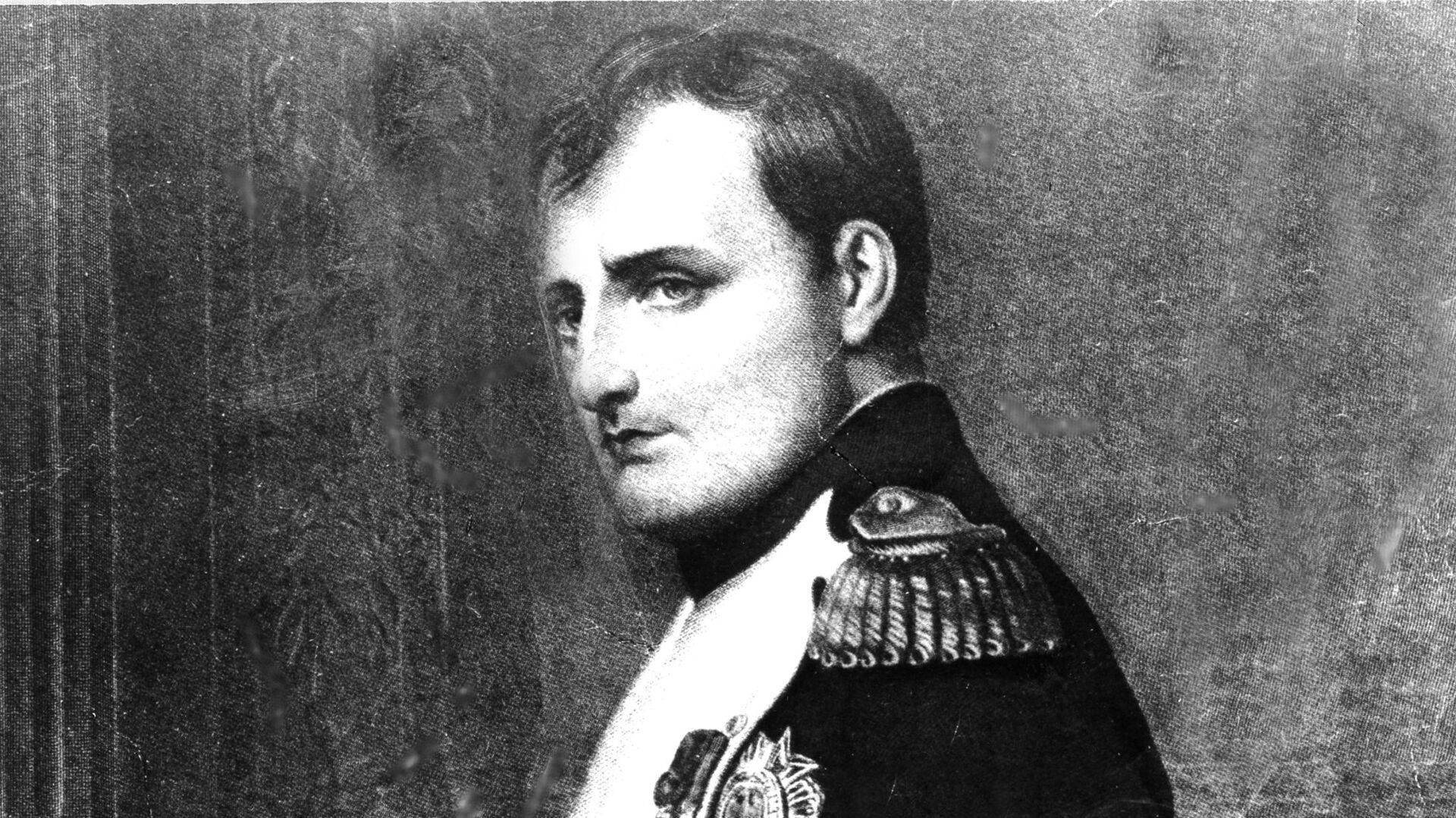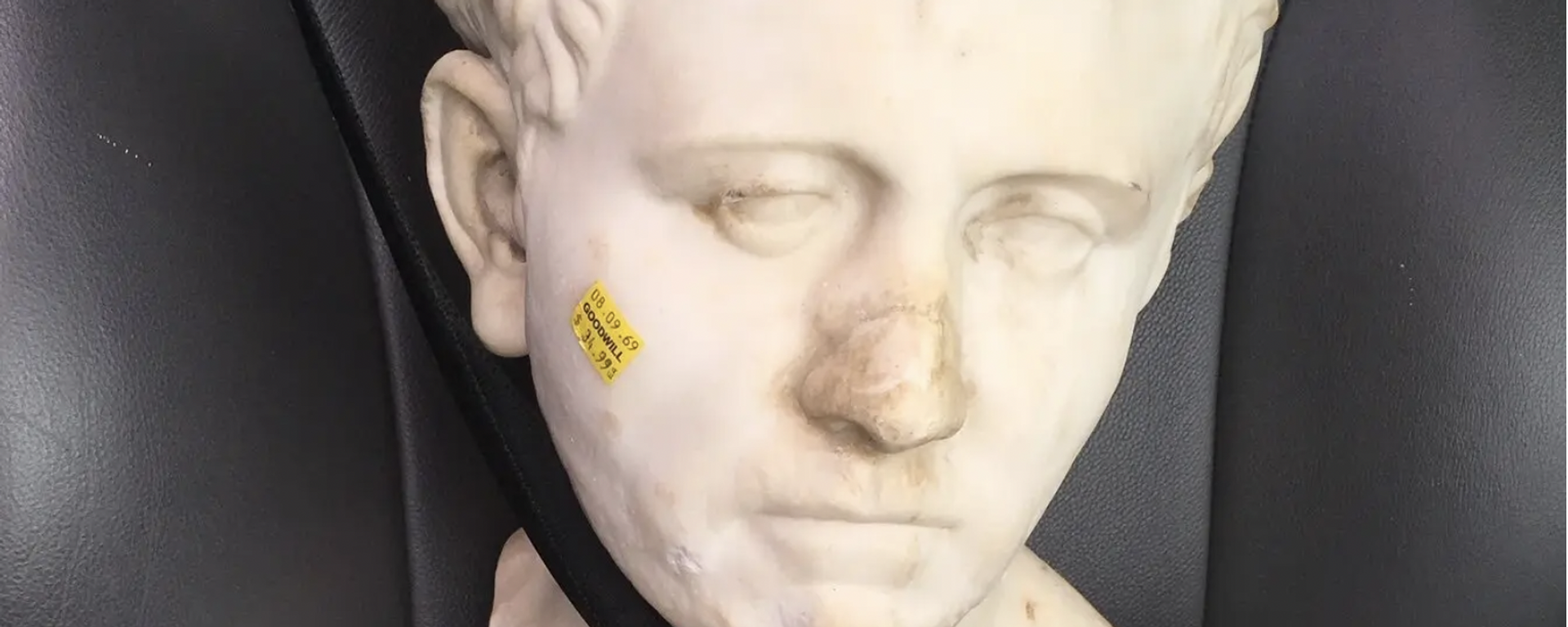https://sputnikglobe.com/20220717/napoleons-fork-and-knife-sell-for-11250-at-auction-1097389581.html
Napoleon’s Fork and Knife Sell for £11,250 at Auction
Napoleon’s Fork and Knife Sell for £11,250 at Auction
Sputnik International
Napoleon Bonaparte campaigned through Europe in the 1800s, upending Europe until being defeated for the second time and final at the Battle of Waterloo. Since... 17.07.2022, Sputnik International
2022-07-17T03:41+0000
2022-07-17T03:41+0000
2022-07-17T03:41+0000
antiques sale
napoleon
auction
history
https://cdn1.img.sputnikglobe.com/img/07e5/01/06/1081671945_0:0:2047:1151_1920x0_80_0_0_969fe739ef5d014f0c7b72f5411d79e6.jpg
A knife and fork once owned by Napoleon Bonaparte sold for £11,250 or roughly $13,359 at current exchange rates, on Wednesday.The Silver-gilt cutlery is embroidered with the former Emperor's initial N, surrounded by a laurel wreath and his imperial arms just above that. It is also possible, though not confirmed, that the knife and fork were taken from Napoleon’s carriage after his defeat at Waterloo in 1815.The silverware previously belonged to entrepreneur Alfred William Weston who purchased them in 1920. They had remained in his family until being put up for auction recently. They were expected to sell for £3,000 - 5,000 but a bidding war caused the price to more than double what most expected.Made by Martin-Guillaume Biennais in Paris around 1810, the silversmith provided the Bonaparte family with silver items throughout the Emperor’s reign, including the crown and scepter Napoleon wore for his 1804 coronation.A pair of two-handled wine coolers owned by King George III also sold at auction for £15,000. Both items were sold by the Woolley & Wallis auction house.There is no word if the buyer, who asked to remain anonymous, plans to actually eat with the timeworn heirlooms.
https://sputnikglobe.com/20220507/texas-woman-buys-ancient-roman-bust-for-3599-at-thrift-shop-1095324634.html
Sputnik International
feedback@sputniknews.com
+74956456601
MIA „Rossiya Segodnya“
2022
News
en_EN
Sputnik International
feedback@sputniknews.com
+74956456601
MIA „Rossiya Segodnya“
Sputnik International
feedback@sputniknews.com
+74956456601
MIA „Rossiya Segodnya“
antiques sale, napoleon, auction, history
antiques sale, napoleon, auction, history
Napoleon’s Fork and Knife Sell for £11,250 at Auction
Napoleon Bonaparte campaigned through Europe in the 1800s, upending Europe until being defeated for the second time and final at the Battle of Waterloo. Since then, items connected to the former Emperor have become highly sought after by history collectors.
A knife and fork once owned by Napoleon Bonaparte sold for £11,250 or roughly $13,359 at current exchange rates, on Wednesday.
The Silver-gilt cutlery is embroidered with the former Emperor's initial N, surrounded by a laurel wreath and his imperial arms just above that. It is also possible, though not confirmed, that the knife and fork were taken from Napoleon’s carriage after his defeat at Waterloo in 1815.
The silverware
previously belonged to entrepreneur Alfred William Weston who purchased them in 1920. They had remained in his family until being put up for auction recently. They were expected to sell for £3,000 - 5,000 but a bidding war caused the price to more than double what most expected.
Made by Martin-Guillaume Biennais in Paris around 1810, the silversmith provided the Bonaparte family with silver items throughout the Emperor’s reign, including the crown and scepter Napoleon wore for his 1804 coronation.
A pair of two-handled wine coolers owned by King George III also sold at auction for £15,000. Both items were sold by the Woolley & Wallis auction house.
“The fact that pieces have survived despite his subsequent ignominious fall from grace indicates that they were highly prized objects even by Napoleon's opponents,” Rupert Slingsby, the silver specialist for Woolley & Wallis, was quoted in the Daily Mail as saying. “Today they are wonderful reminders of a turbulent period of history between the English and the French.”
There is no word if the buyer, who asked to remain anonymous, plans to actually eat with the timeworn heirlooms.


